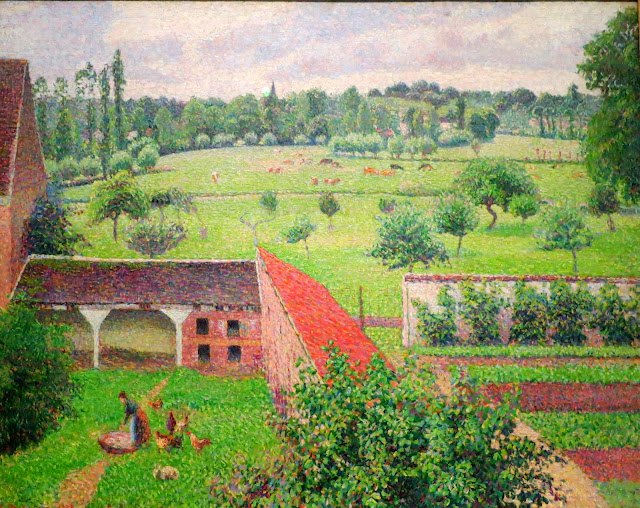Winter 2013 exhibition, at the Gallery Upstairs, Henley-in-Arden.
It's a tradition for us to always go to the opening and this time it was particularly packed, probably because the gallery is going to close down, the summer exhibition is going to be their last one. A great shame, as over the years, we've enjoyed this twice-yearly event.
There was a lull towards the end of our visit and I managed to get a photograph with not too many people.
Antonia Salmon
I love Antonia Salmon's sculptures: their simple, organic forms, combined with the timeless quality that smoke firing gives to clay.
This is from her website: 'The forms I am most drawn to have clarity of line or strong underlying geometry. I am greatly inspired by the landscape and natural forms, archaeological artefacts and 20th century sculpture. (Mine) are not conceptual sculptures - they are made as a result of instinctive engagement.
All my sculptures are abstract forms. They attempt to capture essences of seemingly opposite qualities: such as of chaos and order, of holding and letting go, of stillness and dynamism. I aim for these qualities in my work as it gives each piece the sense of inner energy which I hope resonates in a non-literal way with the viewer.
There is a natural rhythm to the transformation from soft clay to the finished hollow form. The relatively slow speed of hand building means that the emerging form is always in process. Each work is hand burnished many times and the finished surface may be subtly textured. There is a ritual nature to the burnishing and this is repeated when the sculptures are offered to the smoke firing kiln. The low technology aspect of my working process is something I relish, because it generates a simplicity, order and quietness. The smoke fired finish combined with the bold shapes may produce a translucent and timeless sense. I hope that each work appears to sit lightly and with poise'.
Adam Buick: Moon Jars
'My work uses a single pure jar form as a canvas to map my observations from an ongoing study of my surroundings. I incorporate stone and locally dug clay into my work to create a narrative, one that conveys a unique sense of place.
Moon Jars (dal hang-ari) are a Korean form from the Choson dynasty (1392-1910) originally made from plain white porcelain. At the time they represented the epitome of the austere Confucian virtues of purity, honesty and modesty. Park Youngsook, the only modern exponent of Korean Moon Jars, points out the difficult and exact skills needed in throwing the two halves that make up the completed jar. Furthermore, a careful firing schedule is needed at high temperatures to fuse them successfully. This simple form revered by the Korean people for hundreds of years still resonates today, admired by all who see them'.
On the way out, I walked through the courtyard and went in the shop
and admired two vessels by Sasha Wardell.



















































